Can the Fed pop the next bubble without wrecking the economy?
Good news: The economy is finally emerging from the shadow of the Great Recession. Bad news: A bubble is probably emerging somewhere.


Americans got some unequivocally good news about the economy this week. The new Census figures for 2015 show the biggest annual gain in median household income since 1998, and the biggest annual drop in poverty since 1999. The gains were shared across all educational, racial, and income groups.
It's an uplifting picture of the economy. But it also puts the Federal Reserve in a tight spot.
The Fed is basically wedged between two competing pressures here. The first is that the positive trends seen in the Census report need to continue for a long time to heal the damage the Great Recession did to the economy, as my colleague Ryan Cooper pointed out. This suggests that the Fed should keep interest rates as low as possible for as long as possible.
The Week
Escape your echo chamber. Get the facts behind the news, plus analysis from multiple perspectives.

Sign up for The Week's Free Newsletters
From our morning news briefing to a weekly Good News Newsletter, get the best of The Week delivered directly to your inbox.
From our morning news briefing to a weekly Good News Newsletter, get the best of The Week delivered directly to your inbox.
But the second pressure is that a financial bubble could well be looming on the horizon, as the boom-bust cycle of recent history suggests. So the Fed should also be looking to ward off what Alan Greenspan famously called "irrational exuberance" in the financial markets. That usually translates into raising interest rates.
In short, people can look at the Census numbers and come to opposite conclusions about where the Fed should take monetary policy.
Now, the reason the Fed normally hikes interest rates is to cool off inflation. But inflation hasn't been a problem for years, and shows no signs of becoming one for years either. Meanwhile, concerns about bubbles are clearly itching at the back of Fed officials' brains: Kansas City Fed President Esther George and Cleveland Fed President Loretta Mester both recently cited bubbles to explain why interest rates should rise. And at a recent (and testy) forum at Jackson Hole, the Fed officials inclined to tighten monetary policy made it clear that bubbles, not inflation, are the big thing they're worried about.
The trouble is, interest rate hikes are a really crude tool for popping bubbles. In recent history, there's little to no correlation between when the Fed's target interest rate was at the 4 to 6 percent that most economist consider normal, and when bubbles emerged.
A free daily email with the biggest news stories of the day – and the best features from TheWeek.com
Second, it takes a lot to pop one: Deflating the 2008 housing bubble would probably have required interest rates at 10 percent or more — which would have wreaked havoc on the economy itself.
Third, that kind of damage isn't evenly distributed. Interest rate hikes slow down the economy by making it harder to get loans, which reduces investment and aggregate demand, which leads to less job creation and lower wage growth. But the people who lose their jobs — or who lose out from the lack of new jobs — are largely the people who have been shoved to the fringes of the labor market already. So to save us all from bubbles, interest rate hikes disproportionately sacrifice workers who are low-wage, black, Latino, immigrants, etc.
So what to do?
Well, the Fed is actually an institution with some pretty expansive regulatory powers, on top of its control of monetary policy. So the most straightforward answer is that the Fed should use these regulatory tools to keep an eye on the financial industry, and contain and prevent bubbles with more precision — and without all the crudeness and collateral damage that comes along with interest rate hikes. But in practice, it gets a little more complicated.
Take Countercyclical Capital Buffer (CCyB). This is a rule saying how much equity banks and financial firms have to have on hand compared to how much they've loaned out. That equity acts as a cushion protecting the bank from collapse should a lot of those loans go bad in a crisis. And under the CCyB, the size of the required buffer would rise as financial markets become more unstable, and fall as they calm down. All of that sounds very promising — the downside is the Fed just finalized the framework for the CCyB this month. So it's barely out of the testing phase.
Another possibility is margin requirements: Those are rules the Fed can lay down about what sort of financial health borrowers — be they corporations, banks, or individuals buying a house — have to demonstrate before they can get a loan. Federal Reserve Vice Chair Stanley Fischer says the Fed is developing those too. But he also worries the Fed doesn't have the same rulemaking freedom as central banks in other countries, and will have to do a lot of coordination with other government agencies to make this work.
Further ideas the Fed could explore are getting more serious about stress testing, laying down liquidity requirements, or even just taking advantage of its enormous research capacities to warn markets about when a bubble might be developing. Fed chairs like Janet Yellen or Alan Greenspan have occasionally publicly pointed out possible bubbles in the past. But so far the Fed really hasn't made a habit of it. Simply talking to Americans more could help.
Unfortunately, because all this stuff is basically in development, Fed officials themselves aren't really sure what their tools are or how far they can take them. That was rather humorously demonstrated at that same Jackson Hole forum, when Boston Fed President Eric Rosengren said, "We have many tools [to deal with financial instability.] We have supervisory tools." Then, a few minutes later, Fischer piped up: "You said we've got lots of tools to do this. We don't. We hardly have any."
Fischer isn't exactly a monetary policy dove, but he's more dovish than Rosengren. So it's probably fair to read that statement by Fischer not as an insistence on using interest rates to fight bubbles, but as a lament that the Fed doesn't have more options yet. If you look at Fischer's recent speeches, he clearly thinks financial markets are relatively safe right now, but also worries that it's hard to predict where the next bubble will come from or when.
Which leaves us with the fact that the one tool the Fed does have decades of solid experience using — its influence over interest rates — is also poorly designed, unjust, and destructive when it comes to tackling financial instability.
But it still needs to protect the recovery. Which means it needs to get very serious about figuring out alternatives.
Jeff Spross was the economics and business correspondent at TheWeek.com. He was previously a reporter at ThinkProgress.
-
 Received a gift card this holiday season? Here’s how to maximize it.
Received a gift card this holiday season? Here’s how to maximize it.The Explainer Make the most of your present
-
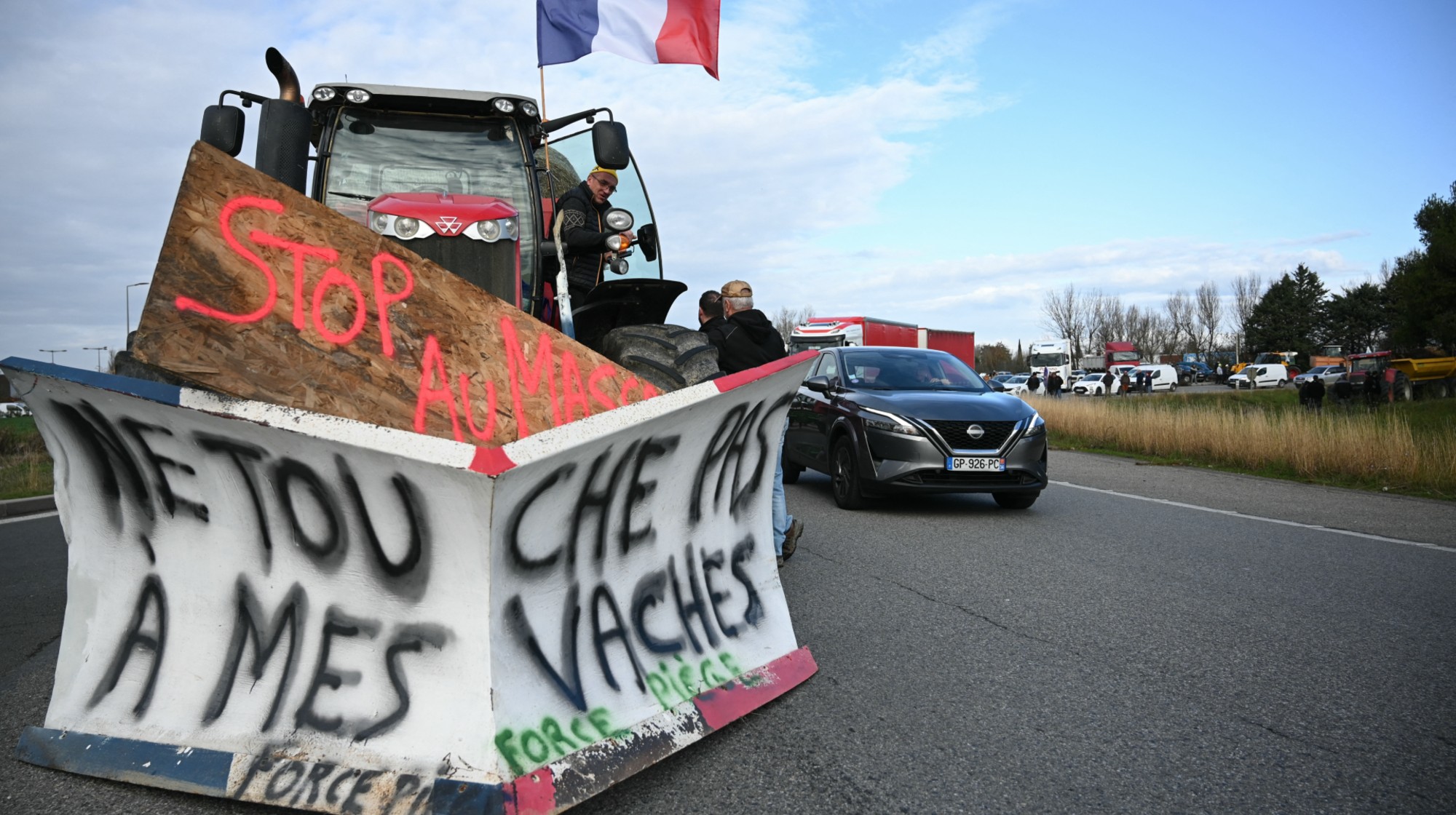 ‘Lumpy skin’ protests intensify across France as farmers fight cull
‘Lumpy skin’ protests intensify across France as farmers fight cullIN THE SPOTLIGHT A bovine outbreak coupled with ongoing governmental frustrations is causing major problems for French civil society
-
 The best books of 2025
The best books of 2025The Week Recommends A deep dive into the site of a mass shooting, a new release from the author of ‘Atonement’ and more
-
 The pros and cons of noncompete agreements
The pros and cons of noncompete agreementsThe Explainer The FTC wants to ban companies from binding their employees with noncompete agreements. Who would this benefit, and who would it hurt?
-
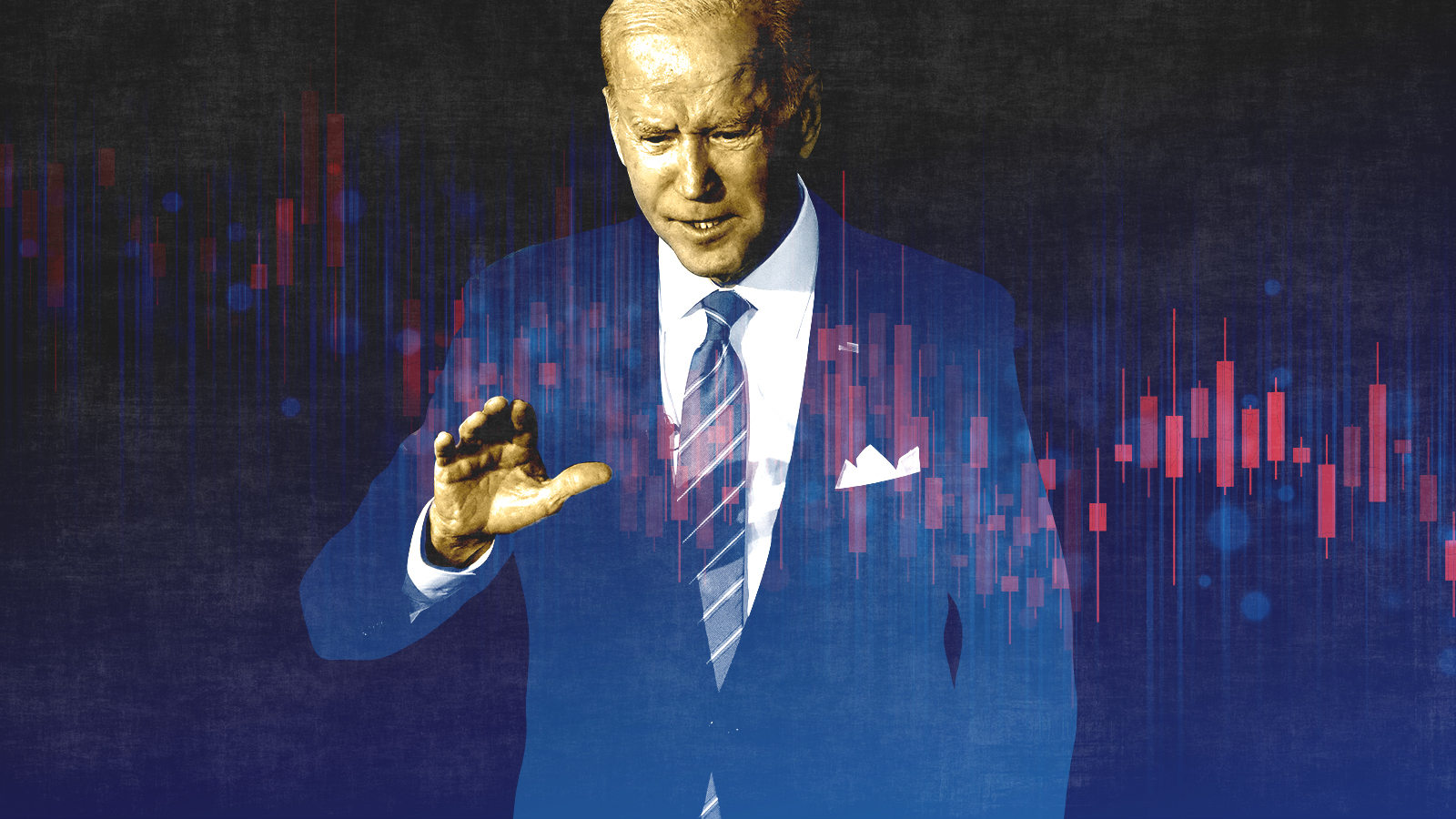 What experts are saying about the economy's surprise contraction
What experts are saying about the economy's surprise contractionThe Explainer The sharpest opinions on the debate from around the web
-
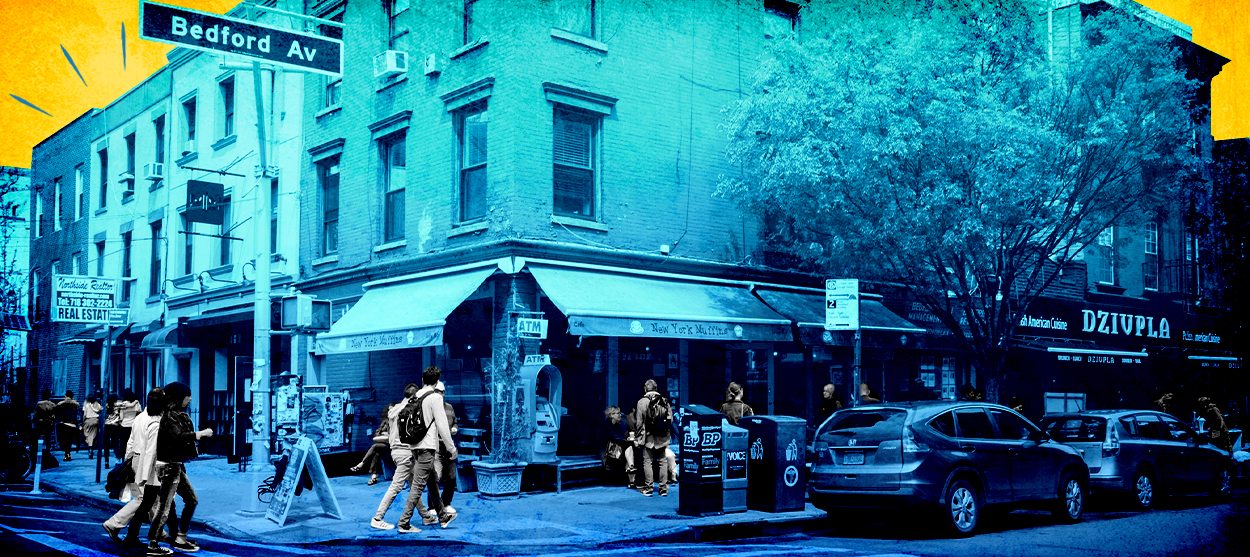 The death of cities was greatly exaggerated
The death of cities was greatly exaggeratedThe Explainer Why the pandemic predictions about urban flight were wrong
-
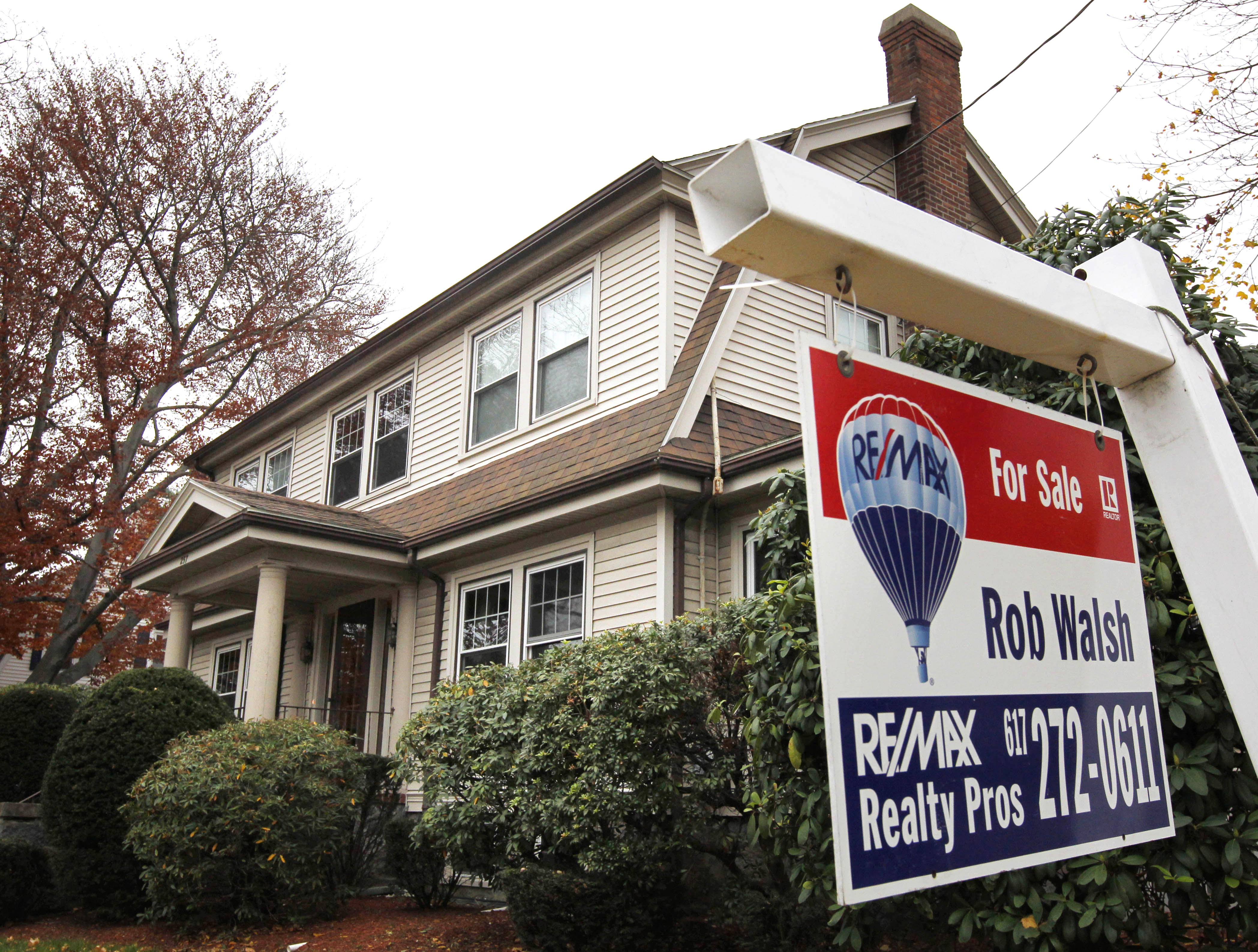 The housing crisis is here
The housing crisis is hereThe Explainer As the pandemic takes its toll, renters face eviction even as buyers are bidding higher
-
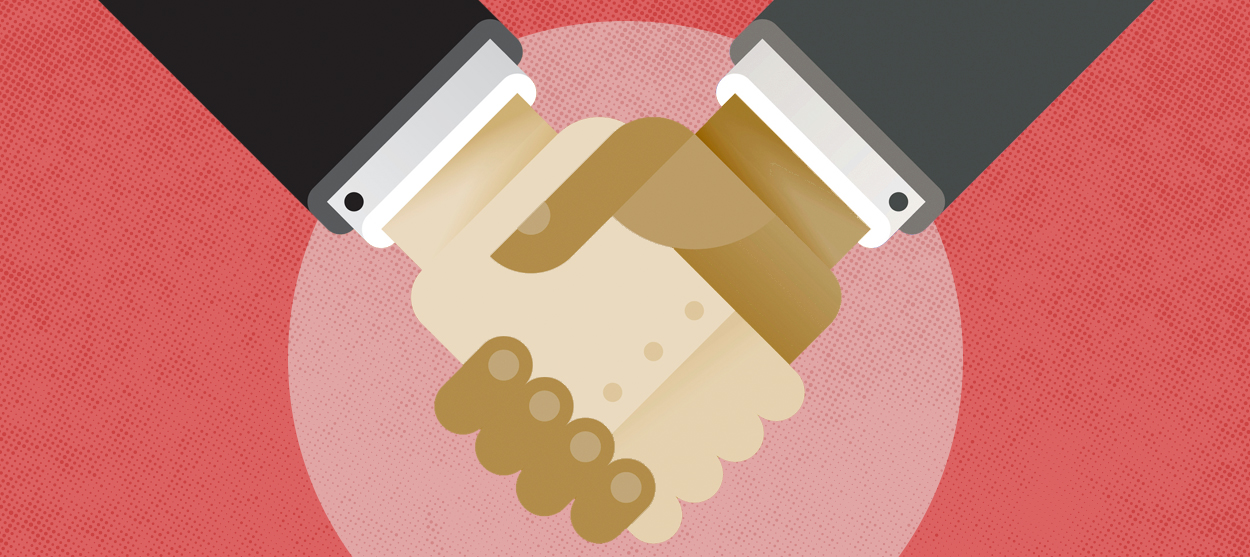 How to be an ally to marginalized coworkers
How to be an ally to marginalized coworkersThe Explainer Show up for your colleagues by showing that you see them and their struggles
-
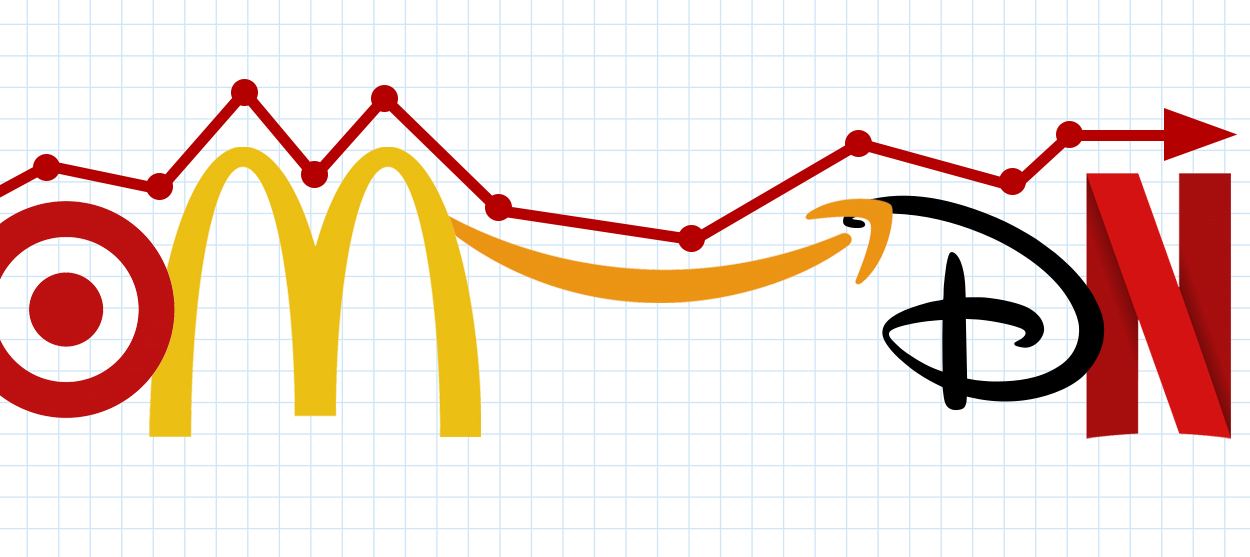 What the stock market knows
What the stock market knowsThe Explainer Publicly traded companies are going to wallop small businesses
-
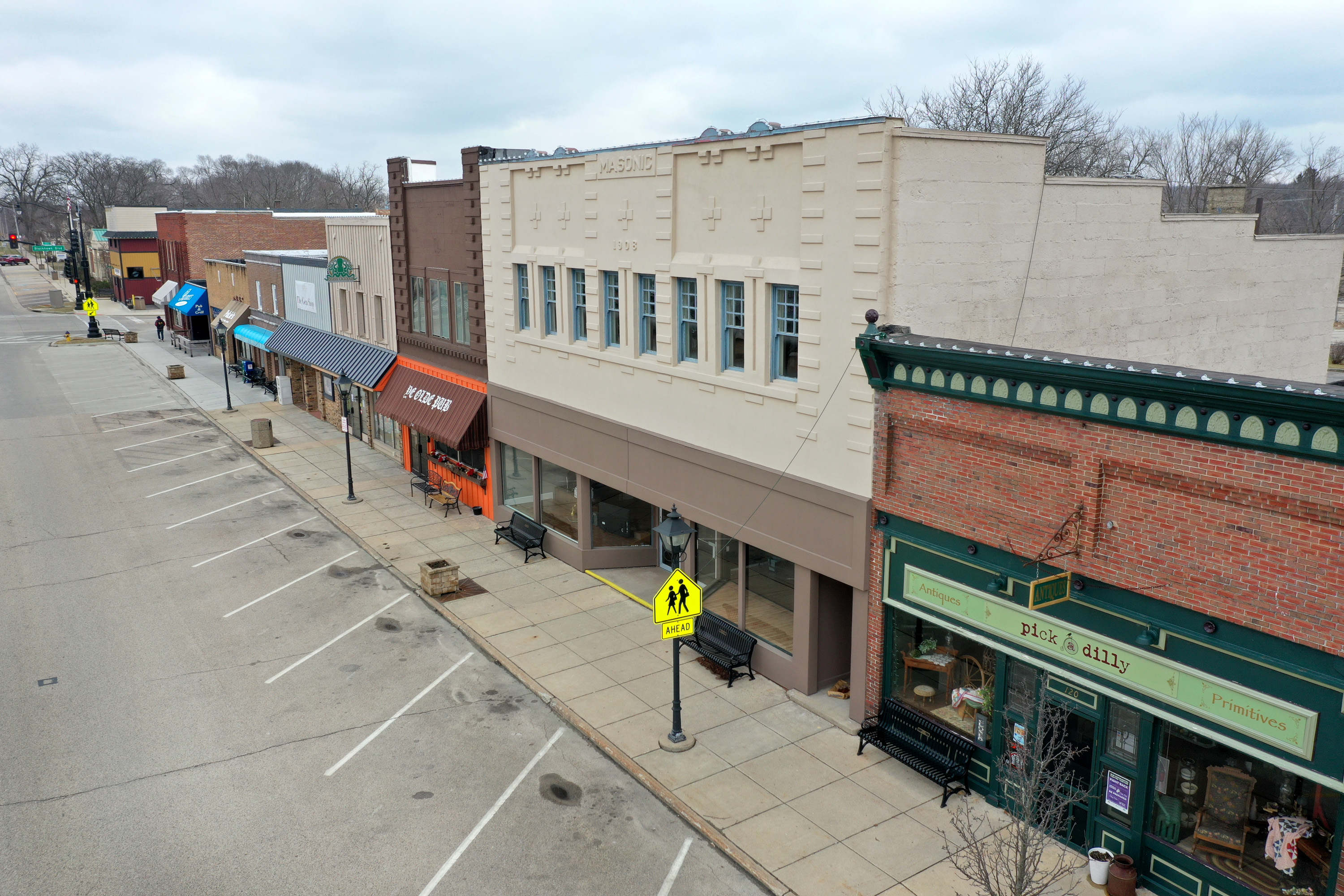 Can the government save small businesses?
Can the government save small businesses?The Explainer Many are fighting for a fair share of the coronavirus rescue package
-
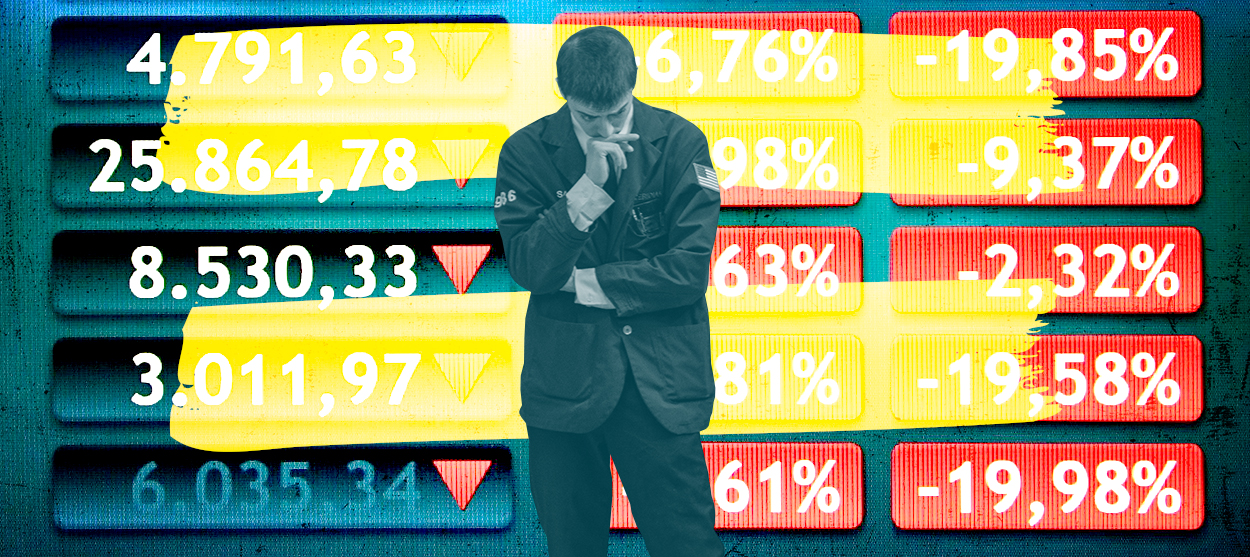 How the oil crash could turn into a much bigger economic shock
How the oil crash could turn into a much bigger economic shockThe Explainer This could be a huge problem for the entire economy
